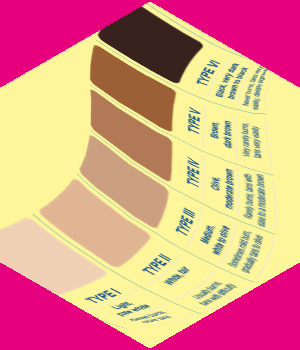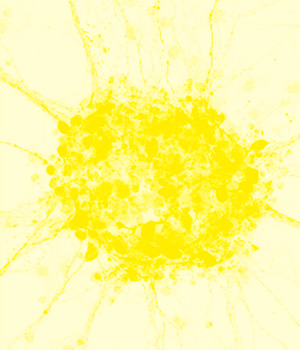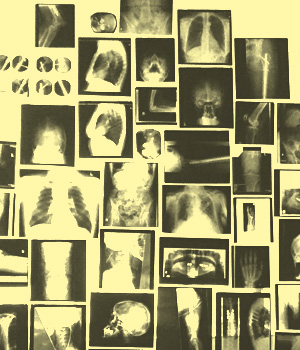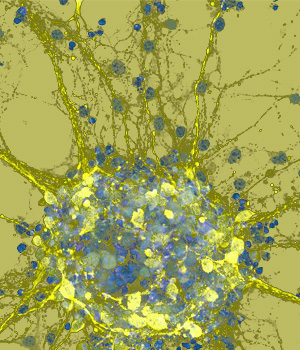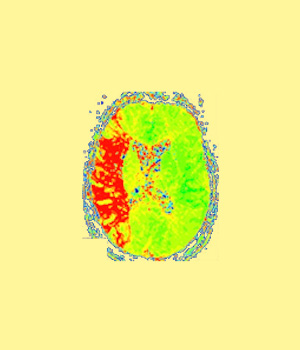SkinME
The skin is the largest organ of our body and the only one perceptible from the outside. It can be said that our skin represents and defines us in society.
Different cultures have different approaches to skin and in particular to skin colors. For example, light skin is a sign of beauty in China and skin whitening is a popular habit already since ancient times. By contrast, tanned skin is considered to be more attractive in Southern Europe where people spend a lot of time in the sun in order to get as bronzed as possible. Skin color is furthermore associated with prejudice and discrimination and people are often treated differently based only on their skin color.
If we look at the skin from a purely biological point of view, this organ’s function is to protect us from outside stresses such as ultraviolet (UV) radiation from the sun and infections, and from internal dangers by preventing water loss and dehydration. In medicine, skin is classified based on six different colors, or rather nuances, which are called 'phototypes'. The different skin phototypes indicate how we deal with UV radiation and thus how much at risk we are of developing skin cancer. Sensitivity to sun decreases with an increase of color nuance, from light to dark: the darker the skin is, the more resistant it is to sun damage.
By tagging your skin phototypes in this installation we want to propose a more differentiated way of seeing skin color which is more complex than the simple 'black and white' divide (tag #skinMe #100waysofthinking on istagram).
Related contributions
